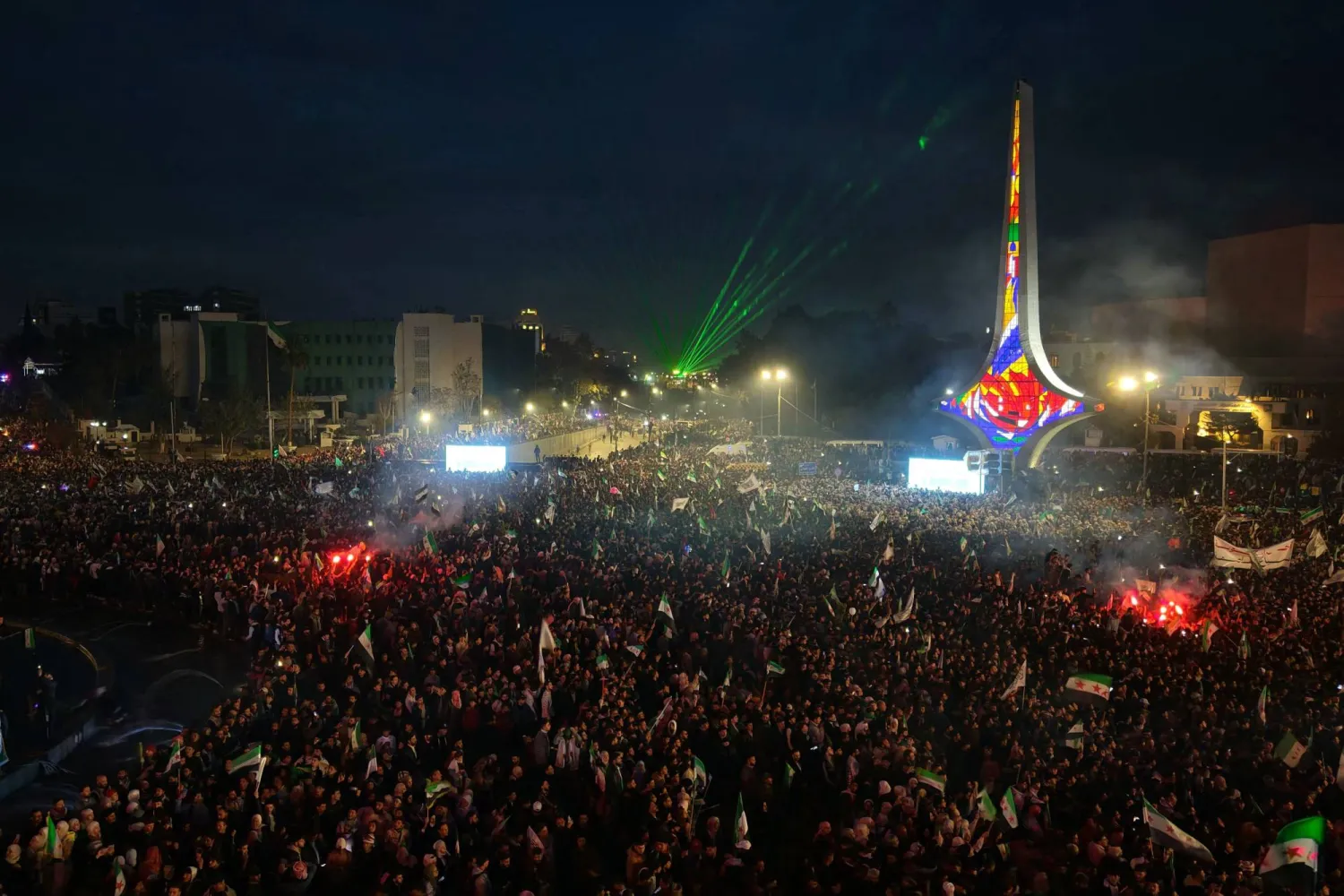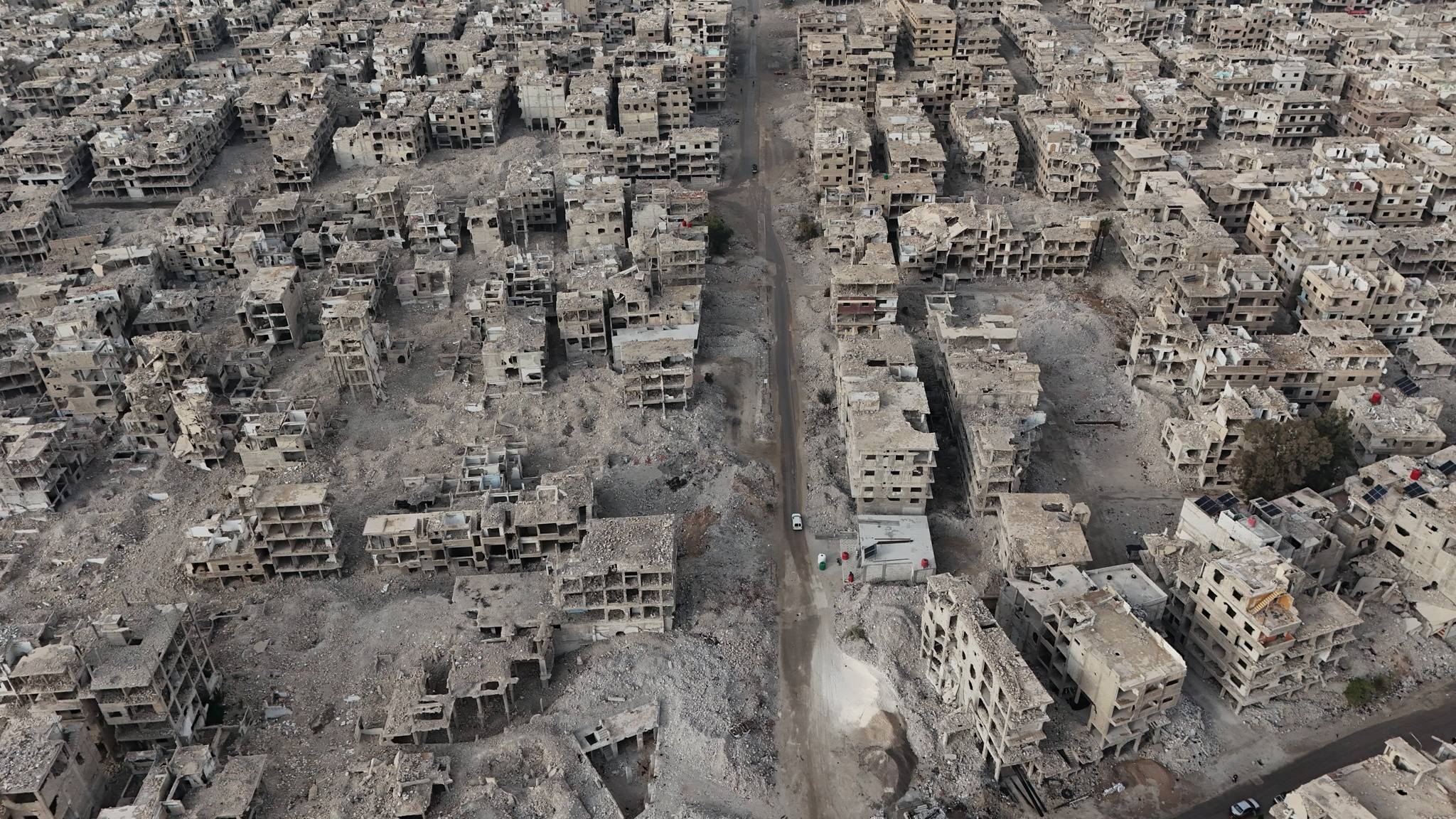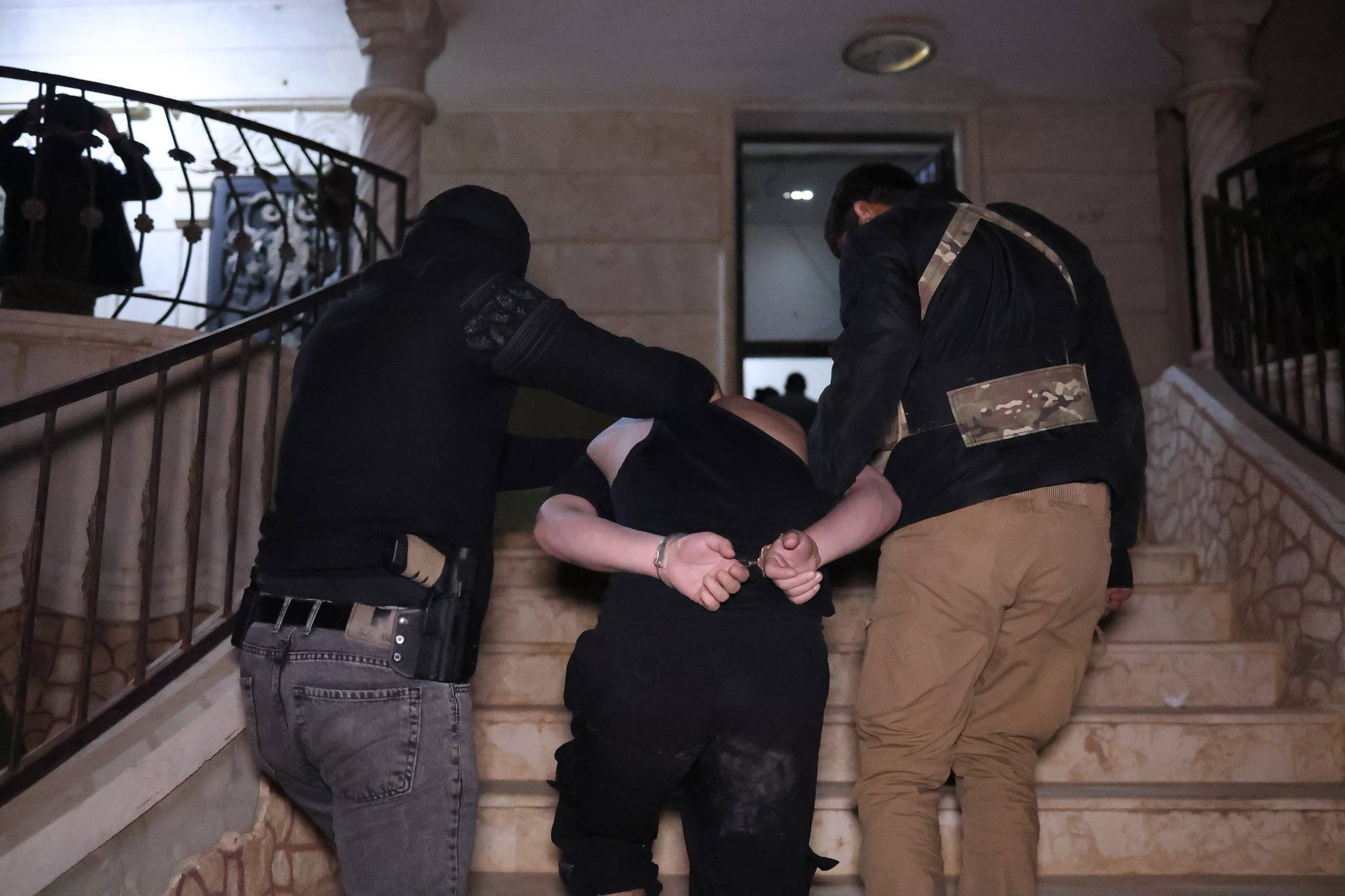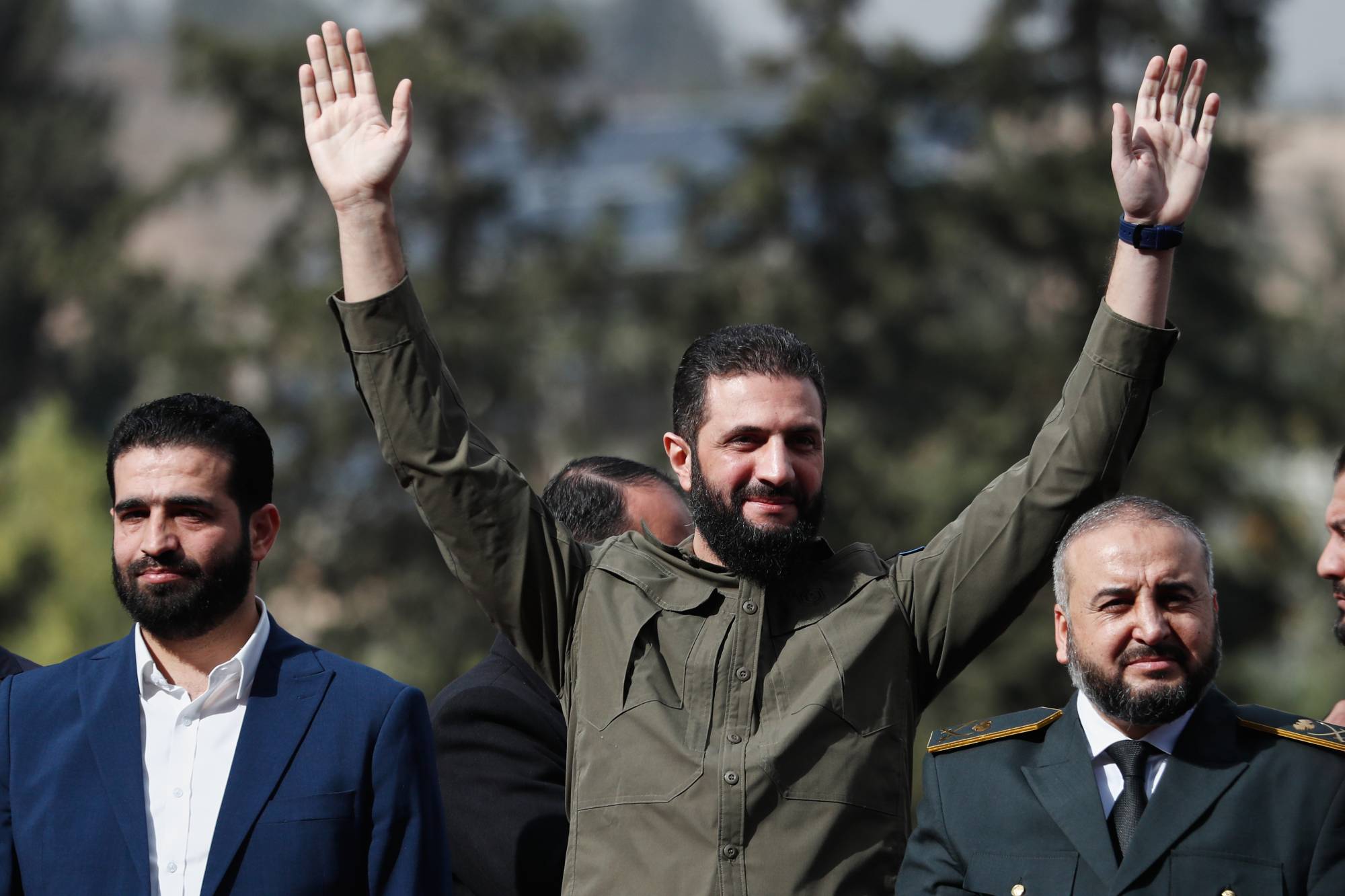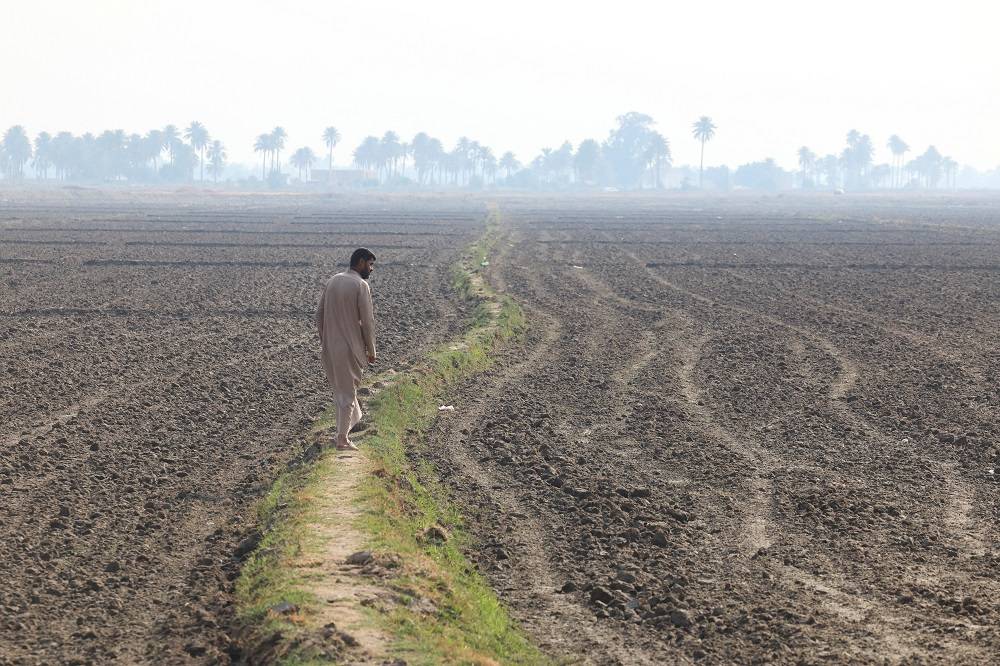What’s the most dangerous mission someone could take on? A meeting between Saddam Hussein’s envoy and Osama bin Laden in Sudan. US intelligence under President George W. Bush soon found out about it.
This meeting became a key justification used by Washington to invade Iraq, taking advantage of the post-9/11 atmosphere in the US after al-Qaeda, led by bin Laden, attacked New York and Washington on September 11, 2001.
In truth, there was no reason for bin Laden to influence Saddam Hussein’s future. The two men came from very different worlds. Saddam was the president of a major country in the region, not a faction leader.
He belonged to a secular party, choosing a Christian, Tariq Aziz, as foreign minister—a rare decision in the Middle East. Saddam also wasn’t known for playing along in decisions where he wasn’t in control.
But the decision to meet in Khartoum still cost Saddam, even though the meeting was a failure. A former Iraqi intelligence officer said US forces later seized a document showing that the Iraqi envoy advised against working with bin Laden, advice that was followed.
The 1990s in Sudan were extremely risky. During this time, President Omar al-Bashir’s regime made three major blunders: hosting al-Qaeda leader Osama bin Laden, sheltering international fugitive Carlos the Jackal, and involving Ali Osman Taha, the regime’s second-in-command, in an assassination attempt on Egypt’s President Hosni Mubarak in Addis Ababa.

Bin Laden didn’t dwell much on the events in Khartoum in August 1994, when French commandos arrested Carlos and took him to France, where he still sits in prison.
Moreover, the al-Qaeda leader couldn’t foresee Sudan’s regime forcing him out of the country.
The regime, however, had no option but to reduce the risks. Bashir dismissed top security officials and decided to expel the “Arab Afghans.”
One day, Bashir and his deputy informed Hassan al-Turabi that bin Laden’s departure had been arranged. They then visited bin Laden, and a military plane flew him to Afghanistan.
The Taliban then gave bin Laden a safe haven, though Mullah Omar never imagined this would lead to his regime's downfall. In the late 1990s, questions about bin Laden were common when speaking with Sudanese officials.
In an interview, Bashir said that bin Laden came to Sudan after the Afghan war to invest in roads, airports, and agriculture—industries his family had been involved in for a long time.
According to Bashir’s statements, bin Laden didn’t have followers or networks in Sudan, just a small group of close aides who stayed out of the public eye.
But the US had made him a global threat, seeing him everywhere, even after he left Sudan, despite knowing he lived in isolation in a distant country.
While Bashir downplayed it, he had met bin Laden several times during his stay in Khartoum, and it's unlikely he was unaware of the ties between bin Laden and Sudanese security officials.
Sudanese politician Hassan al-Turabi reaffirmed Bashir’s claims of bin Laden having been building roads and airports.
“He wasn’t involved in public or intellectual circles and stayed out of the media. We talked about Afghanistan, and I shared our concerns that after the Soviets left, the fighters would be skilled in destruction but not in building a stable society, much like the French Revolution,” said al-Turabi at the time.
“I told him (bin Laden) Kabul fell before they were ready to establish a Muslim society as they envisioned,” added al-Turabi.
When asked who pushed for Osama bin Laden’s exit from Sudan, he said: “It was the British, acting on behalf of the Americans.”
“Saudi Arabia didn’t apply direct pressure—they’re always polite. Bin Laden felt his presence was straining relations between Sudan and Saudi Arabia, which have very close ties. With about half a million Sudanese working in Saudi Arabia, none were expelled. Bin Laden didn’t want to harm that relationship,” he explained.
Bin Laden returned to Afghanistan, entering a dangerous new phase. Soon after, the Taliban took over and welcomed him. Within two years, bombings at US embassies in Kenya and Tanzania led Washington to blame bin Laden.

The accusation was repeated after the attack on the USS Cole in Aden. Bin Laden made statements suggesting he was at war with the US, but no one expected him to bring the fight to American soil on September 11, 2001.
When President Bush justified the Iraq invasion, he listed allegations against Saddam, including weapons of mass destruction, repression, and mass graves.
The most controversial claim was that Saddam’s regime was cooperating with al-Qaeda. However, the US administration did not provide evidence for this claim, and no concrete proof of a connection between Saddam and al-Qaeda was presented.
Curiosity about the contact between Saddam and bin Laden had journalists setting out to find more information.
While answers couldn’t be obtained from Saddam’s opponents or his former colleagues, insights from Iraqi intelligence were available.
Salim al-Jumaili, head of the American Affairs Division in Iraqi intelligence, who was involved in the initial outreach to bin Laden, agreed to talk.
Before the Iraqi invasion of Kuwait, Iraq and Saudi Arabia had a good relationship, marked by a security agreement that limited interference and intelligence activities.
Saddam praised Saudi Arabia and King Fahd for their support during the Iran-Iraq War. According to a former Iraqi official, King Fahd tried hard to resolve the situation and return to negotiations after the invasion, but Saddam had gone too far.
The invasion led to the collapse of the security agreement. As news spread about Iraqi opposition groups contacting Saudi Arabia, Iraqi intelligence suggested canceling the agreement, but Saddam refused.
When reports about these contacts continued, Saddam demanded monthly updates.
Eventually, he believed Saudi Arabia was backing efforts to overthrow him and ordered intelligence to “act strongly to undermine the American military presence in Saudi Arabia.”
“When the president issues such an order, all security agencies must try to fulfill it. At that time, I managed the Syria division and had connections with the Syrian Muslim Brotherhood, specifically Adnan Okla’s group,” said al-Jumaili.
“Adnan’s brother, Abdul Malik, told us that the Brotherhood had links with bin Laden and could deliver our message. I met Abdul Malik in Baghdad, and he agreed to help. I gave him a message saying we shared a goal of removing US forces from the region and were open to cooperation. We provided about $10,000 for travel expenses,” he revealed.
“The contact returned after a month or so and reported that bin Laden’s stance was very rigid. Bin Laden said the Iraqi regime was infidel and responsible for the presence of US forces in the region, and he was not interested in meeting or cooperating with us. This was in the early 1990s, before al-Qaeda’s actions escalated to the level of September 11.”
“I also heard from Farouk Hijazi, head of external operations, that bin Laden gave a similar response through another channel,” added al-Jumaili.
Al-Jumaili later discovered that Farouk Hijazi had visited Khartoum and met with bin Laden, arranged by al-Turabi.
“Hijazi informed the president that no cooperation with al-Qaeda took place. This is what Bush referred to when he mentioned the president sending an envoy to bin Laden. Bush likely knew there was no real cooperation but didn't mention it to justify the invasion,” al-Jumaili said.

Another source, who requested anonymity, said bin Laden showed some flexibility regarding the Iraqi regime during his meeting with Hijazi.
Bin Laden “requested that if there were to be any cooperation, his camps be set up outside Iraqi control and that he have freedom in choosing targets and timing.”
Saddam, after learning of this, was told by Hijazi that cooperating with bin Laden would be complex and risky. Saddam then decided to end the matter entirely.
The consequences of that risky meeting are clear.
Saddam was executed, and Hijazi, who had fled to Syria, was captured at the Syrian-Iraqi border and also executed. Years later, US forces tracked down and killed bin Laden in Pakistan.
Cities sometimes take dangerous risks beyond their means and end up facing harsh realities.
Khartoum paid the price for harboring wanted figures and was punished before it could address the damage.
Some believe that under Bashir, Khartoum aimed to become a center of anti-Western activity, while al-Turabi wanted it to be a hub for political Islam, like Khomeini’s Iran. Both men pushed Sudan beyond its limits.






